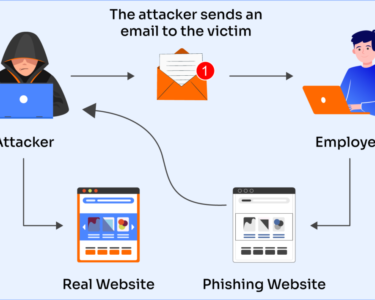
Beyond Digital Firewalls: Securing the Modern Enterprise
In the digital age, organizations face an ever-evolving landscape of cyber threats. Traditional security measures, such as firewalls and intrusion detection systems, are no longer sufficient to protect against the sophisticated attacks of today’s cybercriminals. To ensure the security of their data and operations, organizations must adopt a comprehensive approach that goes beyond digital firewalls.
The Limitations of Firewalls
Firewalls are network security devices that monitor and control incoming and outgoing network traffic based on predefined rules. While firewalls are effective in blocking unauthorized access to networks, they have several limitations:
- They can be bypassed: Sophisticated attackers can exploit vulnerabilities in firewall software or use techniques such as port hopping to bypass firewall rules.
- They do not protect against internal threats: Firewalls cannot prevent malicious insiders or compromised systems from accessing and compromising internal resources.
- They do not inspect encrypted traffic: With the increasing use of encryption, firewalls are often unable to inspect encrypted traffic for threats, allowing malware and other attacks to pass through undetected.
A Comprehensive Cybersecurity Strategy
To address the limitations of firewalls, organizations need to adopt a comprehensive cybersecurity strategy that includes the following elements:
- Endpoint security: Protects individual devices (laptops, desktops, mobile phones) from malware, ransomware, and other threats.
- Email security: Filters out phishing emails and other malicious content to prevent threats from entering networks through email.
- Web security: Blocks access to malicious websites and prevents the downloading of malware through web browsing.
- Cloud security: Protects cloud-based applications and data from unauthorized access and vulnerabilities.
- Identity and access management: Controls who has access to what resources and monitors user activity for suspicious behavior.
- Security awareness training: Educates employees on cybersecurity best practices to reduce the risk of human error and social engineering attacks.
Beyond Technology: People and Processes
In addition to implementing technical security measures, organizations must also focus on people and processes to create a strong cybersecurity culture:
- Security risk assessments: Regularly assess security risks to identify potential vulnerabilities and develop appropriate mitigation measures.
- Security incident response plans: Define clear procedures for responding to security incidents to minimize damage and restore operations quickly.
- Continuous monitoring: Monitor networks, systems, and users for suspicious activity and investigate any anomalies promptly.
- Employee security awareness: Regularly train employees on cybersecurity best practices and foster a culture of security consciousness.
Conclusion
In the face of the evolving cyber threat landscape, organizations must go beyond digital firewalls to ensure the security of their data and operations. By adopting a comprehensive cybersecurity strategy that combines technology, people, and processes, organizations can create a resilient defense system against modern cyber threats and secure their future in the digital world.



